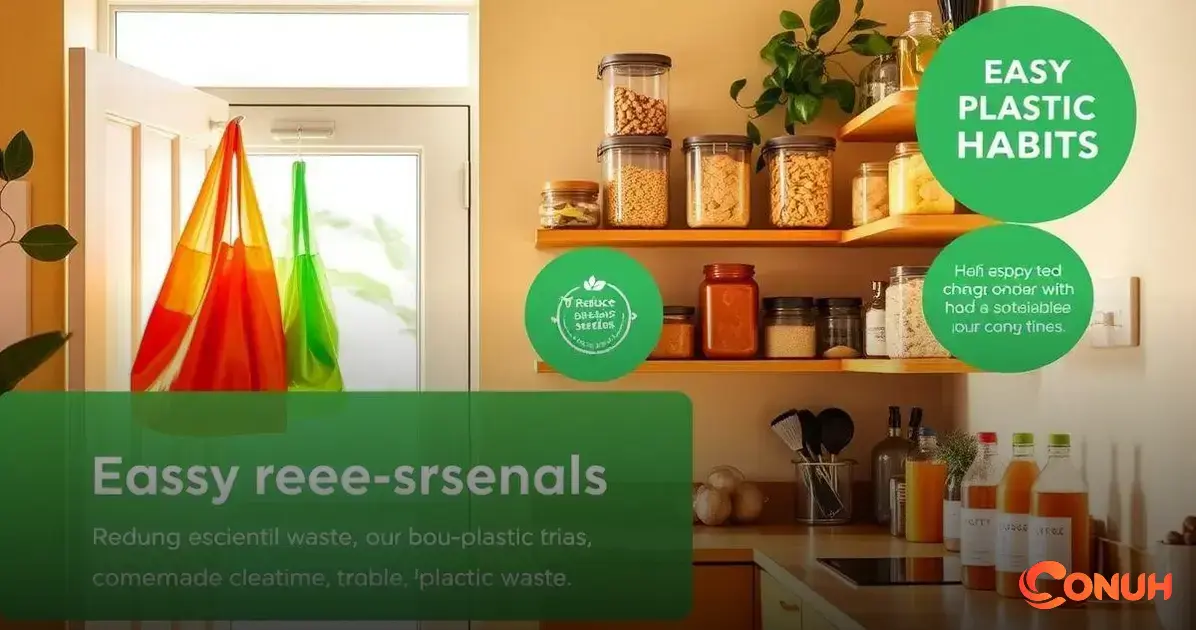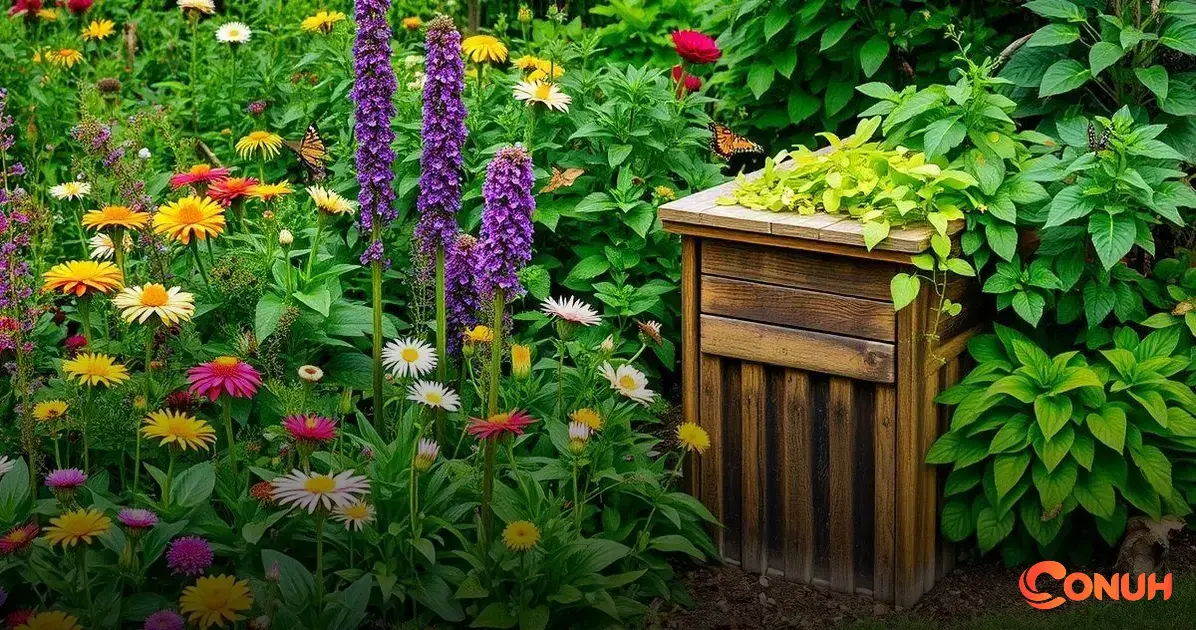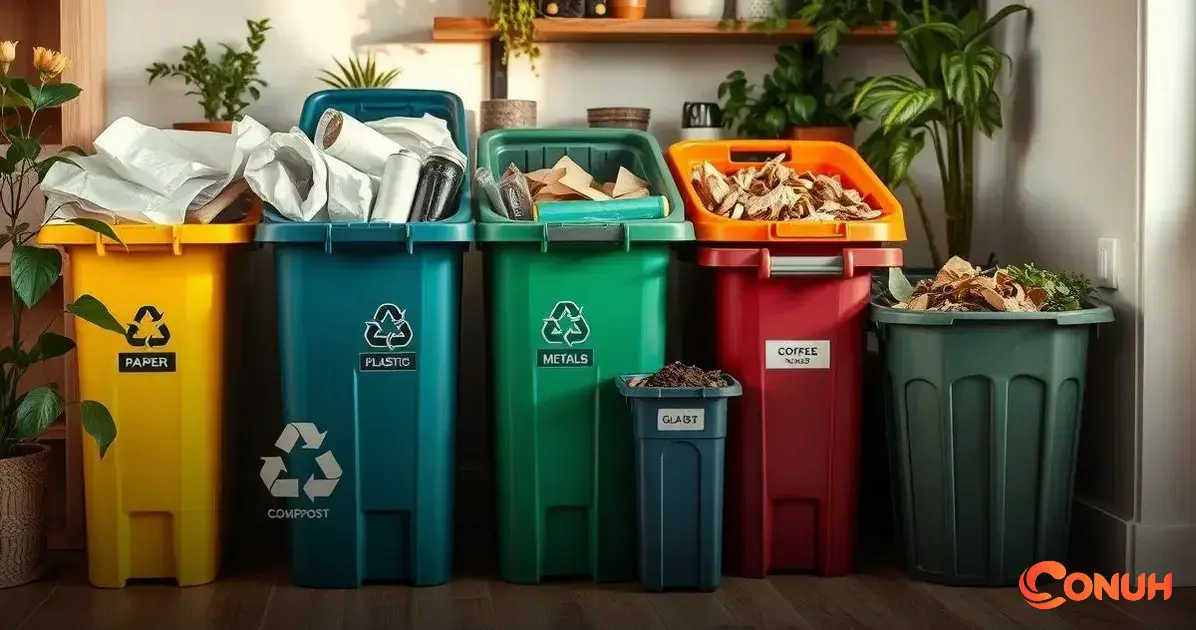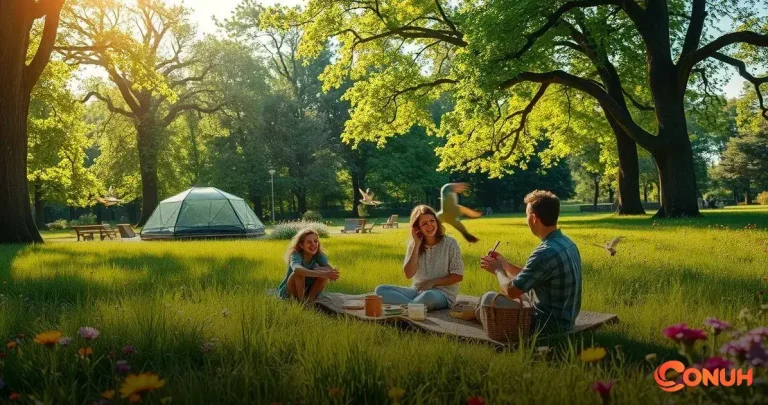ADVERTISEMENT
Tips for eco-friendly living are all about making small choices that create a big impact. Living greener doesn’t mean giving up comfort, but finding smarter ways to care for the planet while still enjoying your daily life.
Simple changes like reducing plastic, saving energy, and choosing sustainable products can make a real difference. Each action adds up, helping to protect natural resources and promote a healthier environment for everyone.
ADVERTISEMENT
If you’re ready to take meaningful steps toward a more sustainable lifestyle, you’re in the right place. Keep reading and discover how easy it can be to bring eco-friendly habits into your everyday routine.
Understanding Eco-Friendly Living
Understanding eco-friendly living is about making choices that are good for the environment. This lifestyle focuses on reducing waste, conserving resources, and protecting nature. When we choose eco-friendly products, we help lessen pollution and save energy.
Simple steps can lead you toward a greener life. Using reusable bags and containers, recycling waste, and saving water are all part of eco-friendly living. By making these choices, we can reduce our carbon footprint and help slow down climate change.
It’s essential to remember that every little action counts. When you care for the earth, you contribute to a healthier planet for everyone. Embracing this lifestyle not only benefits nature but can also enhance your life by promoting mindfulness and wellness.
Benefits of an Eco-Friendly Lifestyle
Living an eco-friendly lifestyle has many benefits for both you and the environment. First, it helps to reduce waste and lower pollution levels. When you recycle and use less plastic, you contribute to cleaner air and water, making the world a safer place for everyone.
Another great benefit is saving money. By using energy-efficient appliances and reducing water usage, you can lower your utility bills. Simple changes like using reusable bags and containers can also save you money over time, allowing you to spend on things you truly enjoy.
Lastly, choosing an eco-friendly lifestyle can enhance your overall well-being. Being mindful of your choices fosters a sense of purpose and connection to nature. This connection can lead to reduced stress and a healthier mindset, making you feel more fulfilled in your daily life.
Easy Tips for Reducing Plastic Use

Reducing plastic use can be easier than you think. Start by carrying a reusable bag whenever you shop. This simple change helps eliminate the need for single-use plastic bags that often end up in landfills. You can also stash some reusable produce bags in your shopping cart for fruits and vegetables.
Another great tip is to choose products with less packaging. Look for items that come in glass, metal, or cardboard instead of plastic. Buying in bulk can also help cut down on waste as it often uses less plastic compared to smaller packages.
Lastly, consider making your own household products. Many cleaning supplies and personal care items can be made with simple ingredients. This not only reduces plastic waste but can also be more cost-effective and healthier for you and your family.
Sustainable Home Practices
Sustainable home practices are simple ways to make your living space eco-friendly. Start by using energy-efficient appliances that save electricity and reduce your bills. Switching to LED light bulbs can also make a big difference, as they last longer and use less energy than traditional bulbs.
Another easy practice is to reduce water usage. Simple actions like fixing leaks, taking shorter showers, and using water-saving fixtures can help conserve this precious resource. Collecting rainwater for gardening is also a great way to save water and support plant growth.
Finally, incorporating plants into your home can enhance air quality and provide a calming atmosphere. Indoor plants help filter out toxins and can improve your mood. Look for low-maintenance plants, such as succulents or snake plants, which are perfect for beginners.
Eco-Friendly Travel Ideas
Eco-friendly travel ideas can make your adventures more sustainable. Start by choosing destinations that promote green tourism. Look for places that focus on conservation and support local communities. This way, your travel not only helps you relax but also benefits the environment and local people.
When it comes to transportation, consider using public transport, bicycles, or walking to explore your destination. These options reduce carbon emissions and allow you to experience the area more intimately. If you need to fly, try to book non-stop flights, as they are more fuel-efficient.
Lastly, when packing, opt for reusable items such as a water bottle, utensils, and bags. This not only cuts down on plastic waste but also saves money. By being mindful of what you bring, you can enjoy your trip while minimizing your environmental impact.
Gardening for the Environment

Gardening for the environment is a wonderful way to support nature while growing your own plants. When you plant native species, you help local wildlife thrive. These plants are suited to the area and require less water and care, making them perfect for eco-friendly gardens.
Using organic gardening methods can greatly reduce harmful chemicals in the soil and water. By skipping synthetic pesticides and fertilizers, you not only protect the environment but also create a healthier garden. Composting your kitchen scraps is a great way to enrich your soil naturally and reduce waste.
Creating a garden that attracts beneficial insects like bees and butterflies is essential for a healthy ecosystem. You can add flowers that bloom at different times to provide food and shelter throughout the seasons. This helps pollinators, which are crucial for many plants and crops.
Minimalism and Sustainability
Minimalism and sustainability go hand in hand to create a simpler, greener lifestyle. By focusing on fewer possessions, you reduce waste and make more mindful purchases. This helps cut down on the resources needed to create, ship, and dispose of items, leading to a healthier planet.
Living minimally also encourages you to cherish what you own. Instead of accumulating clutter, you can invest in high-quality, durable items that last longer. Choosing sustainable products not only benefits the environment but also enhances your quality of life through conscious living.
Moreover, minimalism can lead to financial savings. When you buy less, you spend less. This allows you to save for experiences that matter, like travel or family time, instead of material things. Embracing minimalism not only supports sustainability but also promotes happiness through simplicity.
Water Conservation Techniques
Water conservation techniques are essential for reducing waste and protecting this precious resource. One effective method is fixing leaks in your home. A small drip can waste a lot of water over time, so checking faucets, toilets, and pipes for leaks should be a regular part of home maintenance.
Another technique is to use water-saving fixtures, like low-flow showerheads and faucet aerators. These devices help reduce water flow without sacrificing performance. Simple actions like taking shorter showers and turning off the tap while brushing your teeth can also make a big difference in your daily water usage.
In the garden, you can conserve water by choosing drought-resistant plants that require less watering. Additionally, using mulch around plants helps retain soil moisture and reduce evaporation. These strategies not only help save water but also create a lush environment for your plants to thrive.
Recycling and Composting Easily

Recycling and composting easily can be a big step towards eco-friendly living. Start by setting up a recycling station in your home. Clearly label bins for paper, plastics, metals, and glass to make sorting simple. This way, everyone in the household can help keep things organized and ensure recyclables don’t go to waste.
Composting is another great option for reducing waste. You can begin a small compost bin in your kitchen for scraps like fruit and vegetable peels, coffee grounds, and eggshells. Use a larger outdoor compost pile for yard waste, such as grass clippings and leaves. Over time, these materials break down into rich soil that can nourish your garden.
Always check local recycling guidelines to ensure you are doing it correctly. Some items, like certain plastics, may not be accepted. By making recycling and composting a part of your daily routine, you contribute to a healthier planet and help reduce landfill waste.







